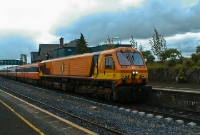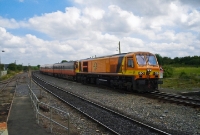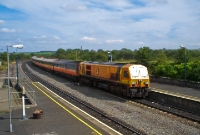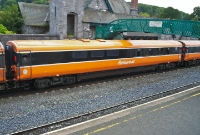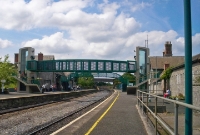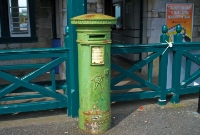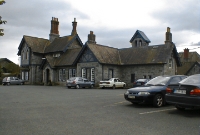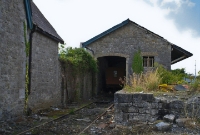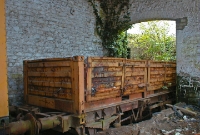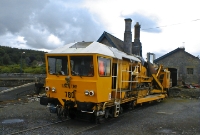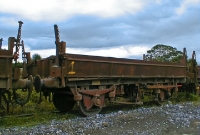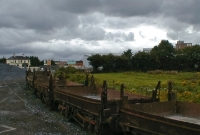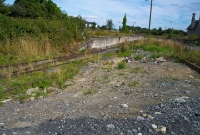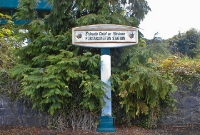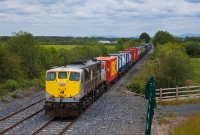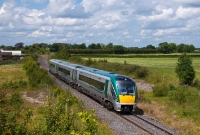Portarlington
Portarlington, Co.Laois, was first served by rail when the Great Southern & Western Railway extended their Cork mainline line south from Dublin in June 1847. In November 1854, Portarlington became the junction for the branch line to Athlone. Following the diversion of Galway & Mayo line services to Heuston Station in Dublin, the Portarlington to Athlone line became the mainline for these services. The station at Portarlington has been remodelled in recent years, with the reconstruction of both up and down platforms towards the northern end of the station. Both platforms retain their large GSWR style stone built stations buildings, dating from the 1840s. The original Victorian footbridge survives, along side the modern one. The station once had two signal cabins located at the northern and southern ends, but these were abolished in the 1970s and demolished in 1984. The station also retains its former goods shed and yard, now used for the loading of ballast trains.

